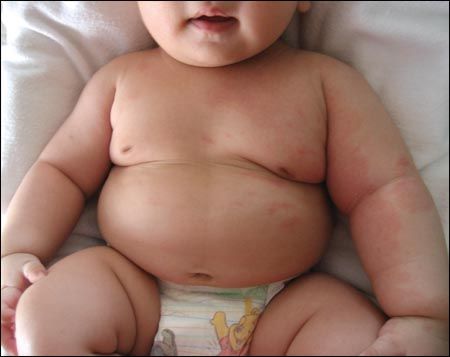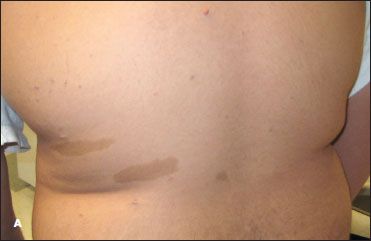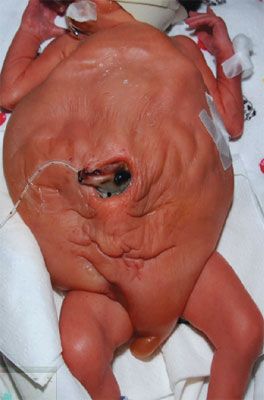- CDC
- Heart Failure
- Cardiovascular Clinical Consult
- Adult Immunization
- Hepatic Disease
- Rare Disorders
- Pediatric Immunization
- Implementing The Topcon Ocular Telehealth Platform
- Weight Management
- Monkeypox
- Guidelines
- Men's Health
- Psychiatry
- Allergy
- Nutrition
- Women's Health
- Cardiology
- Substance Use
- Pediatrics
- Kidney Disease
- Genetics
- Complimentary & Alternative Medicine
- Dermatology
- Endocrinology
- Oral Medicine
- Otorhinolaryngologic Diseases
- Pain
- Gastrointestinal Disorders
- Geriatrics
- Infection
- Musculoskeletal Disorders
- Obesity
- Rheumatology
- Technology
- Cancer
- Nephrology
- Anemia
- Neurology
- Pulmonology
Developmental Disorders in Children: A Photo Quiz
Early identification of childhood disorders is essential for achieving the best possible outcomes. This week’s photo quiz tests your ability to recognize some of the possible presentations.
Question 1:
A 3-month-old boy with a hypertrophic left arm was born at 38 weeks’ gestation to a 33-year-old gravida 2, para 1, after an uncomplicated pregnancy and normal spontaneous vaginal delivery. Multiple red birthmarks were seen, especially on the chest, abdomen, left arm, left forearm, and left hand.

For the discussion, click here.
Click here for the next question.
For the answers, click here.
Question 2:
A 9-year-old African American boy was seen for frequent exhaustion, particularly when climbing stairs or walking for long periods. He had been toe walking and had become clumsier. He had hypertrophic calf muscles and significant thigh muscle wasting. The examination and laboratory findings suggested Duchenne muscular dystrophy.

For the discussion, click here.
Click here for the next question.
For the answers, click here.
Question 3:
A 16-year-old boy presented for evaluation of his worsening behavior at school. He was hyperactive and had difficulty in paying attention, and he had always required help with reading and language. He had 8 hyperpigmented macules, ranging from 2 to 8 cm with smooth margins; 7 or 8 flesh-colored, nontender papules; and 3 nodules on the trunk. A diagnosis of neurofibromatosis was suspected.

For the discussion, click here.
Click here for the next question.
For the answers, click here.
Question 4:
A 4.3-lb boy was born at 29 weeks’ gestation to a 14-year-old gravida 1, para 0, mother via cesarean delivery because of fetal bradycardia. Anomalies noted at birth included underdeveloped chest wall with moderate subcostal retractions, respiratory rate of 70 breaths/min, rales, cyanosis, heart rate of 160 beats/min distended abdomen with wrinkled appearance, and undescended testes bilaterally.

For the discussion, click here.
Click here for the next question.
For the answers, click here.
Question 5:
These are the hands of a 16-year-old boy who had surgical correction for clubfeet as an infant. For the previous month, he had had intermittent bilateral foot and ankle pain and some knee and hip discomfort. Examination revealed dysplastic fingernails and toenails and bilateral absent patellas, with no edema or arthritis. These are the characteristic features of nail-patella syndrome, or hereditary onycho-osteodysplasia.

For the discussion, click here.
For the answers, click here.
ANSWER KEY:
Question 1. Answer: a
Question 2. Answer: f
Question 3. Answer: c
Question 4. Answer: b
Question 5. Answer: e
Podcast: Guide to the New NIH Online Directory of Genetic Tests
April 13th 2012With genetic tests rapidly entering medical practice, and some patients even ordering them on their own, the NIH has launched a Genetic Testing Registry to help doctors interpret and follow up on these tests. In this interview, the director of the new Genetic Testing Registry tells why you need it, and what's there for your reference.
